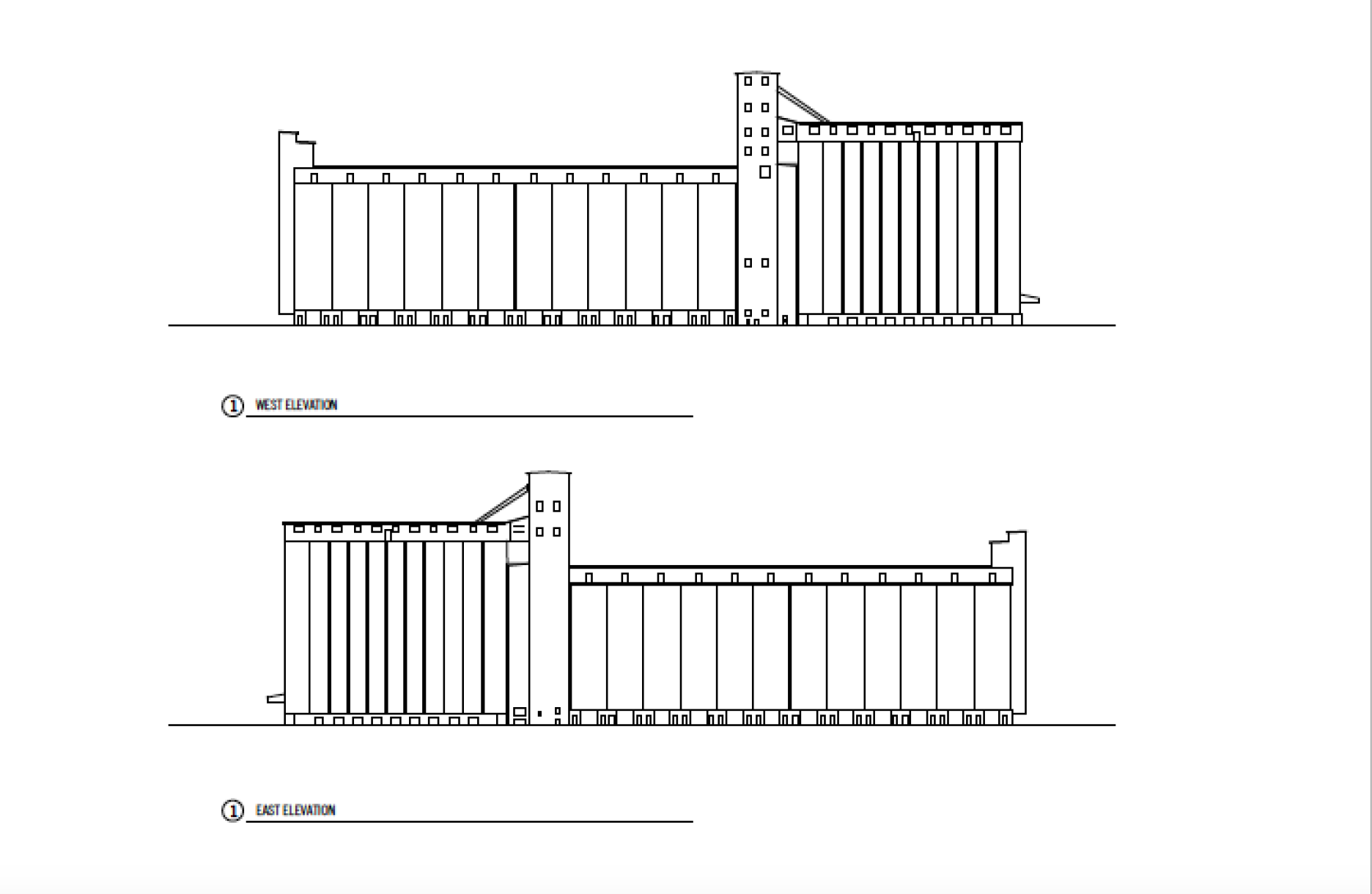Procyon lotor:
Procyon Lotor. The raccoon is an intelligent, nocturnal animal with innate climbing abilities. These characteristics proved most crucial in guiding the design of their habitat. The natural enclosure and darkness of the silo provides already ideal conditions for the raccoon and thus remain in tact. However, to create shelter for a colony of raccoons, it was important to develop a system that could be vertically expanded and fit the most raccoons as possible.
My system consists of angular folds and tessellated plains. The folding of one plain creates another plain at a different angle. The more folds there are, the more different surfaces there are. Depending on the steepness of the fold, different sized volumes are created. The less steep the fold, the flatter the plain. Volumes are designated sleeping and living quarters where as the less folded and flatter plains that rise up the silo are walkways and informal meeting zones.
The bottom of the silo consists of high density volumes where the raccoons sleep. The bigger volumes are for the mother and their children and the smaller volumes are meant for singular adult males since they are preferred loners.
The middle of the silo is where the raccoons can interact with each other and it consists of lower density and bigger scaled plains to encourage more interaction.
The top of the silo consists of the rain catching mechanism which fills the water storers. Water is extremely important to raccoons as dowsing all of the food they catch in water before they eat it is a core principle of their eating behavior. The water storers are half and quarter geodesic domes to fit the tessellated vocabulary that is established in the rest of my system. They are covered in a bright color as raccoons have poor eyesight and struggle differentiating certain hues. The geodesic water holders are dispersed throughout the silo vertically and increase in scale as they ascend. This is to encourage the raccoons to interact with each other more as they will have to indirectly see each other as they climb up to the bigger water storers. This creates a community that is very reliant on the positioning and storage of water.
This system can be easily manifested in multiple silos without directly following the same blueprint. The exact positioning of each plain is not as important as the overall vertical compression and release of density. Raccoons are independent animals who are not the prey of any other species at silo city and can thus have their habitat positioned in any space that allows for vertical growth.
Silo City Context
Below are photos taken of Silo City, the site of the proposed Raccoon habitat., and a general elevation of the silo building provided to us beforehand. All photos are taken on a DSLR 80D.









Silo City Raccoon Habitat Proposal
Below is the proposed habitat which would be installed in the pre-existing silo. The video shows the ways in which the raccoon would interact with the new environment, and the subsequent documentation further details the experience and construction of the habitat.



Final Proposed System


